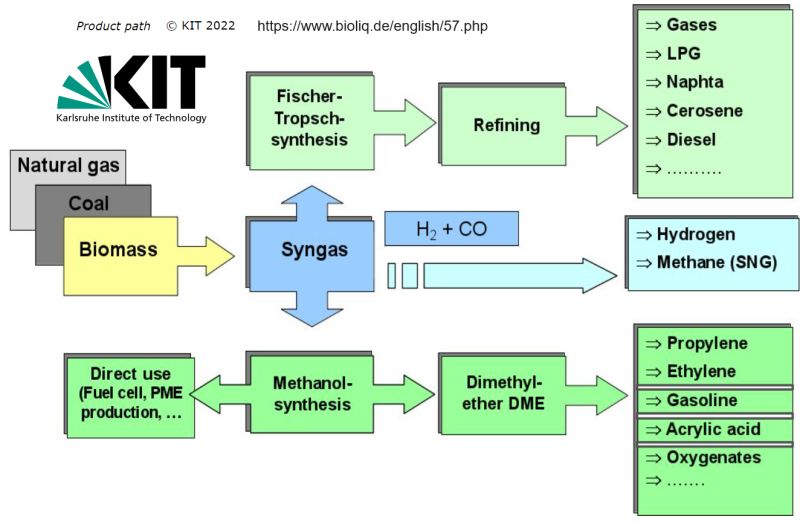
26 gennaio 2024 – Biochar, Pyrolysis, Gasification, Biomass Pyrogasification and Syngas/ Hydrogen Production.
✅ If you are new to Biomass Pyrogasification, some terms used in this area are confusing. In this post, I explain the fundamentals of Pyrogasification.”.
🟦 1) Biochar:
Biochar is a type of charcoal that is renewable and has a variety of uses, such as soil amendment and conditioning. It is created from organic matter, which is also known as biomass, using a process called pyrolysis. The term “biochar” is a combination of “biomass” and “charcoal”.
🟦 2) Pyrolysis:
Pyrolysis is a process used for creating biochar. It involves decomposing materials at very high temperatures, resulting in a product that cannot be reverted to its original state. The term “pyrolysis” comes from the Greek words “pyro”, meaning fire, and “lysis”, meaning separating.
🟦 3) Gasification:
Gasification is a process that takes place at high temperatures, typically between 900 and 1200°C. During this process, a gasifying agent is injected, and the heavy molecules are converted into lighter ones, eventually forming “permanent” gases such as CO, hydrogen (H2), CO2, CH4, biochar, and ashes.
🟦 4) Biomass Pyrogasification:
Pyrogasification is a process that combines pyrolysis and gasification. Initially, the inputs are dried before being pyrolysed and gasified.
🟦 5) Industrial application:
The bioliq® process was developed at KIT to produce synthetic fuels and chemicals from biomass. The technology involves a two-step process that includes pyrolysis to produce a slurry from residual biomass such as straw. This slurry is then centralized and gasified to produce fuel.
Fonte: linkedin.com
